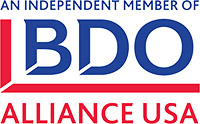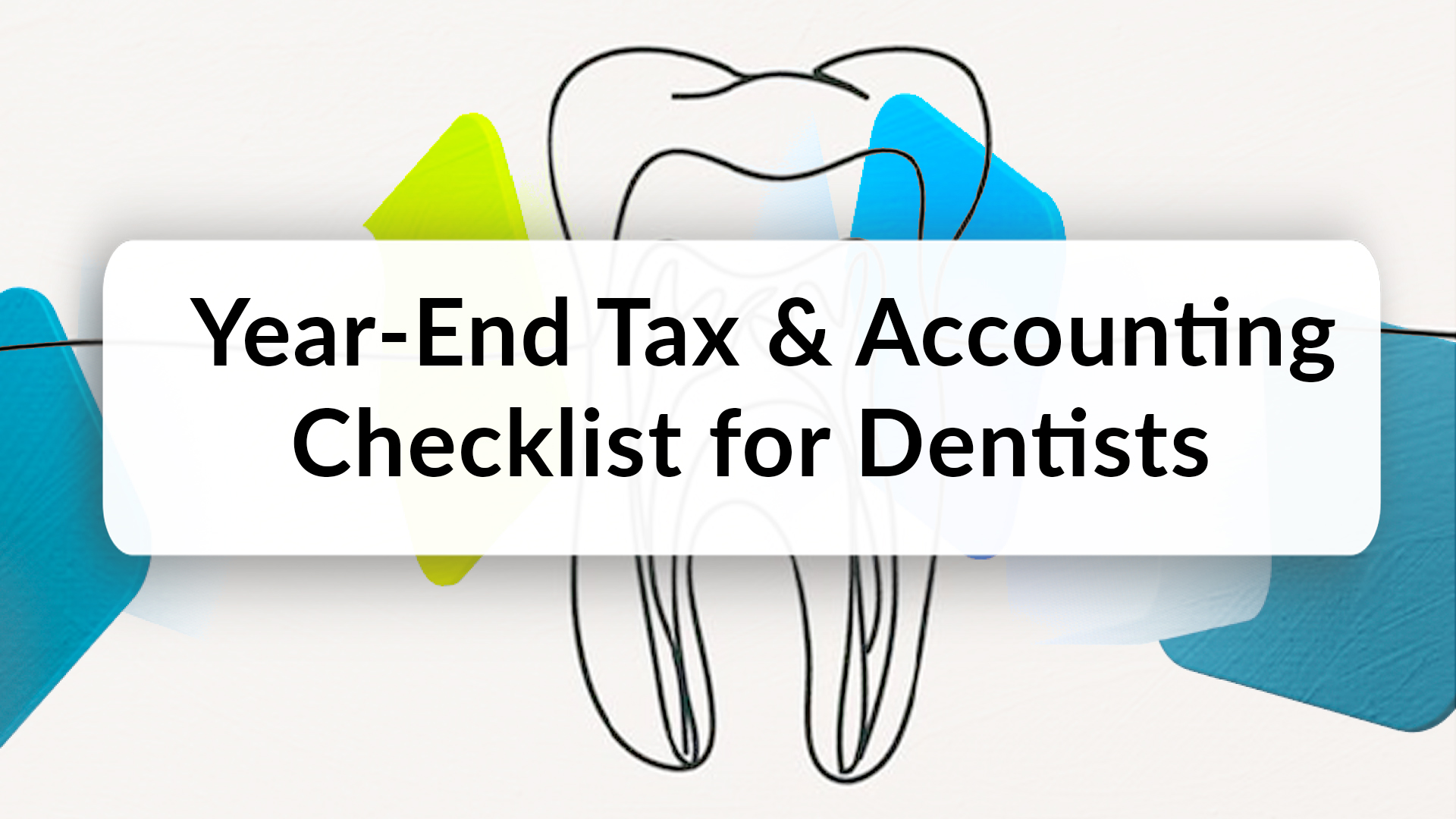When examining the availability of tax credits, organizations in the nonprofit and local government space typically disregard the opportunity as inapplicable to their organizations. To tax-exempt entities, the concept of leveraging credits to lower their tax burden may seem at odds with their tax status. However, to help build a more sustainable and equitable future, the federal government has made some tax credits available to these organizations to facilitate their work. As community-leading organizations, exempt entities have historically been the primary drivers of economic and sustainable development. Therefore, it only makes sense for the funding to be made available to those most familiar with it.
A Historic Moment

On Aug. 16, 2022, President Biden signed the Inflation Reduction Act (IRA) into law, representing the largest investment in climate action in American history. It is estimated that the IRA’s provisions will help reduce carbon emissions throughout the country by 40%. Facilitating the work of both for-profit and community-leading organizations, the ultimate goal is to mitigate the effects of climate change across the country.
Through the IRA, Section 6417 was added to the Internal Revenue Code (IRC). The section provides for a monetization of applicable tax credits, referred to as “elective pay” in the IRC and commonly known as “direct pay.” Direct pay allows tax-exempt entities to claim some tax credits, which can be treated as a refundable payment against federal income taxes, effectively providing a dollar-for-dollar cash grant in the amount of the tax credit.
Nonprofits, state and local governments, Indian tribal governments, Alaska Native Corporations and rural electrical cooperatives have each been identified as entities eligible to receive this benefit. Direct pay has created a powerful funding mechanism for organizations seeking to finance sustainability projects.
What Credits are Eligible?
Not all federal tax credits are eligible for direct pay. Eligible credits are those introduced or expanded through the IRA, and which are meant to support investment in renewable energy or green technologies.
Eligible credits include the following:
- Energy credit (Section 48)
- Clean electricity investment credit (Section 48E)
- Renewable electricity production credit (Section 45)
- Clean electricity production credit (Section 45Y)
- Commercial clean vehicle credit (Section 45W)
- Zero-emission nuclear power production credit (Section 45U)
- Advanced manufacturing production credit (Section 45X)
- Clean hydrogen production credit (Section 45V)
- Clean fuel production credit (Section 45Z)
- Carbon oxide sequestration credit (Section 45Q)
- Credit for alternative fuel vehicle refueling/recharging property (Section 30C)
- Qualifying advanced energy project credit (Section 48C)
How Does it Work?
To claim the credit, applicable entities must first complete a prefiling registration process with the IRS that results in a credit registration number. The appropriate tax forms must be completed (for example, Form 3468 and Form 3800 for an energy credit) and included on an original, timely filed return (including extensions) with the direct pay election.
Organizations that already file an annual tax return would continue to file that return with the appropriate tax credit form. Organizations that do not normally file an annual information return with the IRS, would utilize a Form 990-T.
Issues for Consideration
While direct pay offers a powerful funding mechanism for sustainability projects, there are several outstanding issues that require further guidance. One such issue involves joint venture partnerships. A partnership cannot make a direct pay election, even if all partners qualify as applicable entities in their own right. Partners are also not permitted to individually claim direct pay because they are not the direct owners of the property or activities generating eligible credits. This poses a challenge for project funding, as many tax-exempt entities often collaborate with private partners who contribute expertise or capital to bring sustainability projects to fruition.
Another issue involves the treatment of qualified progress expenditures. Filers are generally allowed to claim a credit for qualifying progress expenditures incurred in tax years preceding the year a project is placed in service. This provision enables earlier benefits for multiyear projects. The proposed regulations under Section 6418 recently clarified that tax credits for qualified progress expenditures may not be transferred. However, the proposed regulations under Section 6417 notably do not include similar language. It is not clear whether this omission was a technical oversight or if the government intended to allow a direct pay election for qualified progress expenditures.
Conclusion
In conclusion, it is crucial for applicable entities that previously had no use for federal tax credits to now consider monetizing these credits, which can provide cash for sustainability projects. By assessing whether their investments or activities qualify for a credit eligible for direct pay, applicable entities can unlock the potential to generate funds for their sustainability initiatives.
With the IRS planning to launch the prefiling registration portal by the end of 2023, it is important for applicable entities to proactively gather the necessary documentation to support their credits. By preparing to complete the appropriate tax form with a valid registration number, entities can ensure compliance and seize the opportunity to access cash for their sustainable projects. The right collaboration can help with the process so entities receive the necessary support. Utilizing the direct pay option allows these entities to make a lasting impact by helping communities thrive every day.
Written by Jesse Tsai and Nic Nunn-Faron. Copyright © 2023 BDO USA, P.C. All rights reserved. www.bdo.com





